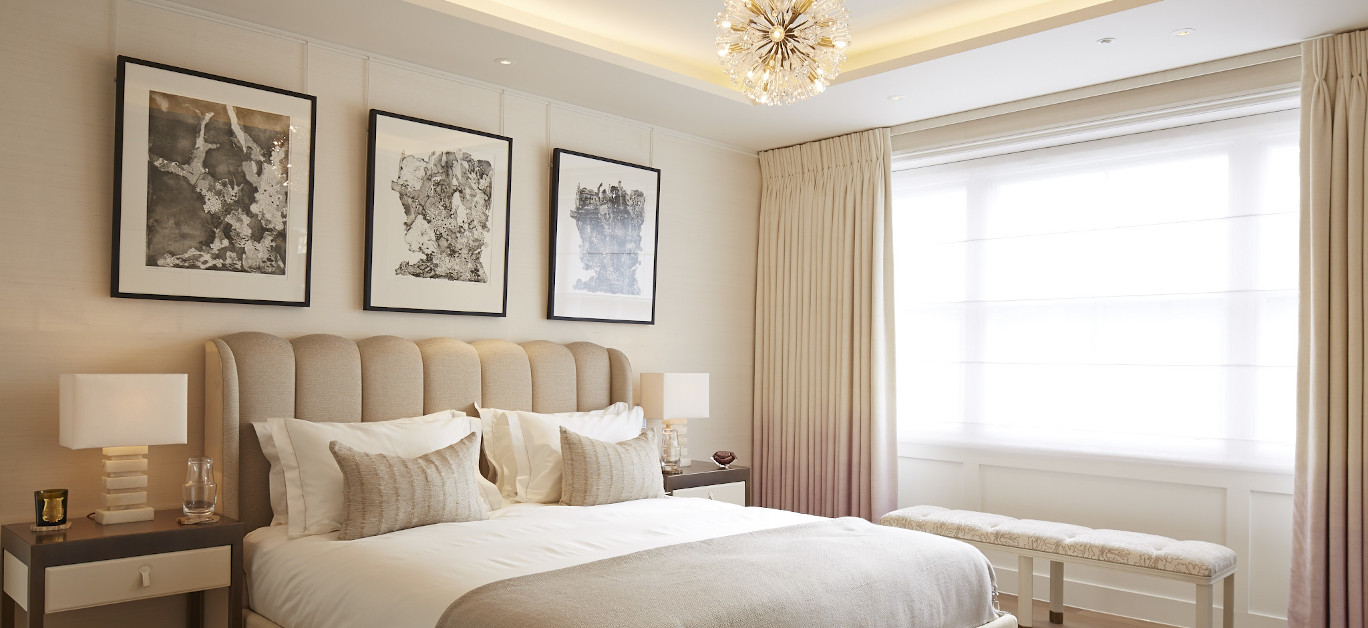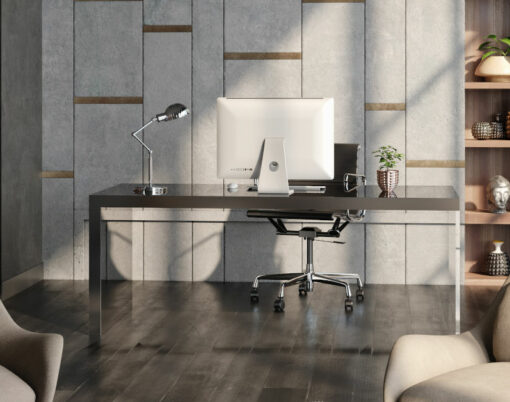Netflix, Zipcars and Spotify – the subscription model is revolutionising the way we consume, and art is the next industry that is ripe for change.
Artworks are more accessible than ever before with the global art market continuing to grow each year, giving consumers greater choice and access to an enticing spectrum of works. This is typified by the rapidly expanding art rental market, which is providing exciting solutions to those hoping to elevate their luxury interiors with an art collection.
Choosing the right works from so many options can feel daunting to the unfamiliar eye, but there is in fact an art to the process of curating your own collection.
Starting your collection: why?
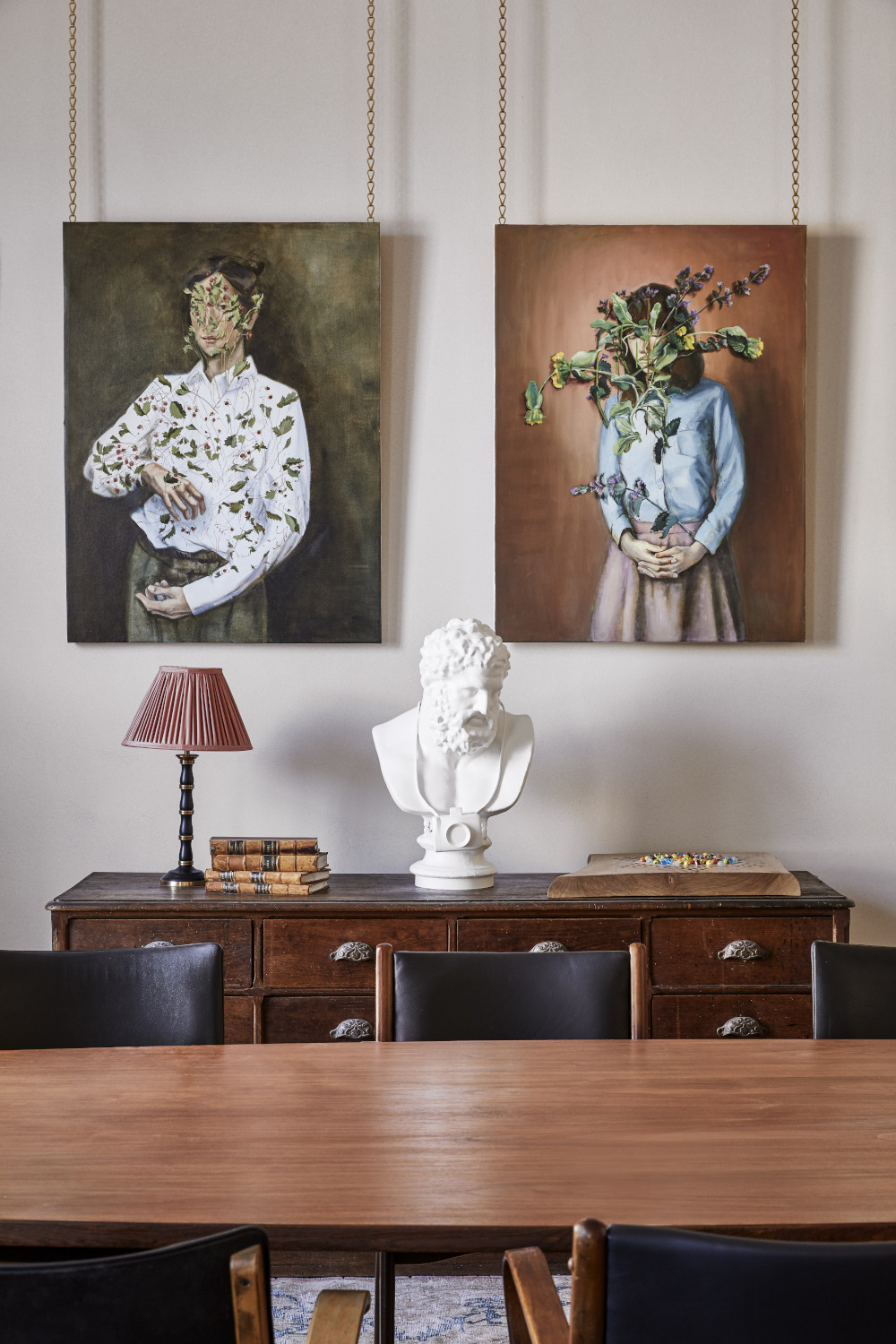
Generally, people acquire art for two reasons: because they feel an emotional connection with a piece, or because they want to invest and see a future return.
As a rule, at ARTIQ, the art consultancy and art rental agency, we always advise clients that the most important factor when buying an artwork is that you like the piece. This is particularly pertinent in the context of acquiring a piece for display in a residential property, not least because there are so many pitfalls in trying to predict the direction of the market.
For example, my personal collection features work from Queer Frontiers, a charity exhibition that ARTIQ runs annually. This is partly because I loved the works, but also seeing them reminds me of the good work the exhibition did and the careers of those artists I’ve supported, both emerging and more established.
The purpose of your collection will also inform the works you are drawn to. If you entertain often and intend your audience to be friends or clients, then you should think about a curatorial story that you can speak through with your guests and which will spark debate and discussion. Indeed, don’t feel pressured into acquiring works of an artist based purely on their reputation. An artwork bought on holiday that evokes fond memories can be just as powerful as a piece from a world-renowned name.
Start with the knowledge of why you want a collection, and the following steps will fall into place.
The power of rental and what works best with luxury interiors
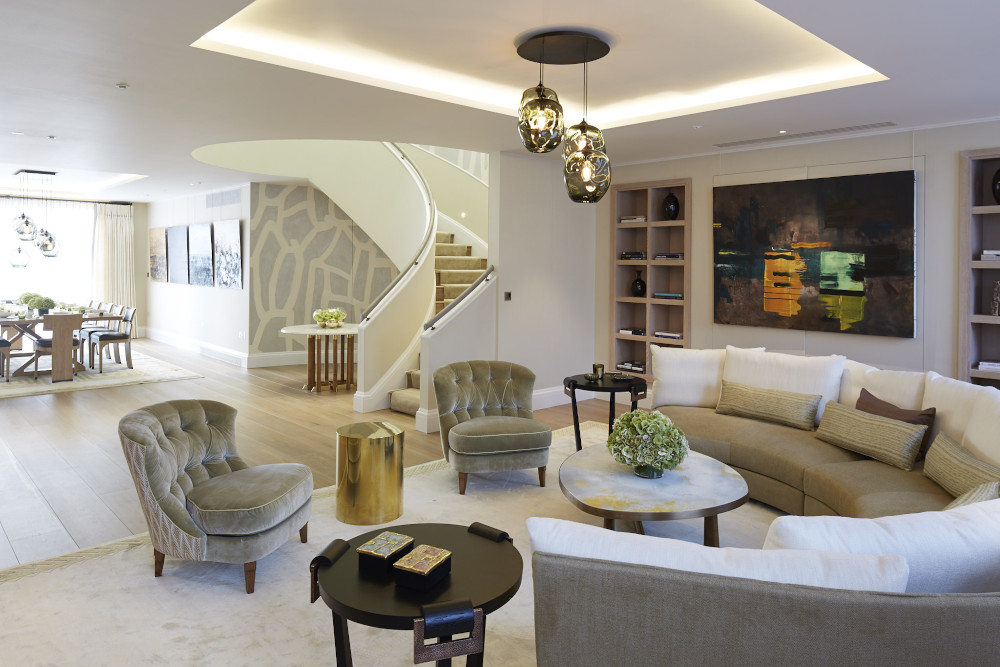
One common misconception is that your artwork needs to match with your interiors. I always encourage clients to create a juxtaposition with how they display art. For example, don’t match the colour of the wallpaper to the colours in the artwork; aesthetically, it’s more striking for the environment to ensure that the eye is drawn to the artwork.
This notion of creating contrast extends beyond colour to the style of the building or interiors. Just because your interiors are hyper-contemporary, it doesn’t mean that an old master can’t work well. In fact, contemporary works in more traditional settings and old masters in contemporary interiors are stunning juxtapositions when executed well.
The variety of artworks you can use in a residential setting are broader in range than people appreciate. This has been fuelled by changes to the market, specifically the exciting growth of art rental as an option.
Oil paintings and prints are already regularly used, but sculpture is growing in popularity, offers a luxurious and arresting aesthetic and is far more easily acquired through rental.
City businesses are increasingly turning to this model, rotating their collection every six months, or seasonally, to keep that collection fresh and engaging, and we expect residential properties to adopt that trend too. If you want your interiors to continually evolve and challenge, this is an intriguing option to explore, while rental pieces are invariably also available for purchase if you want to make them a permanent fixture of your interiors.
Ensuring your artworks stand out
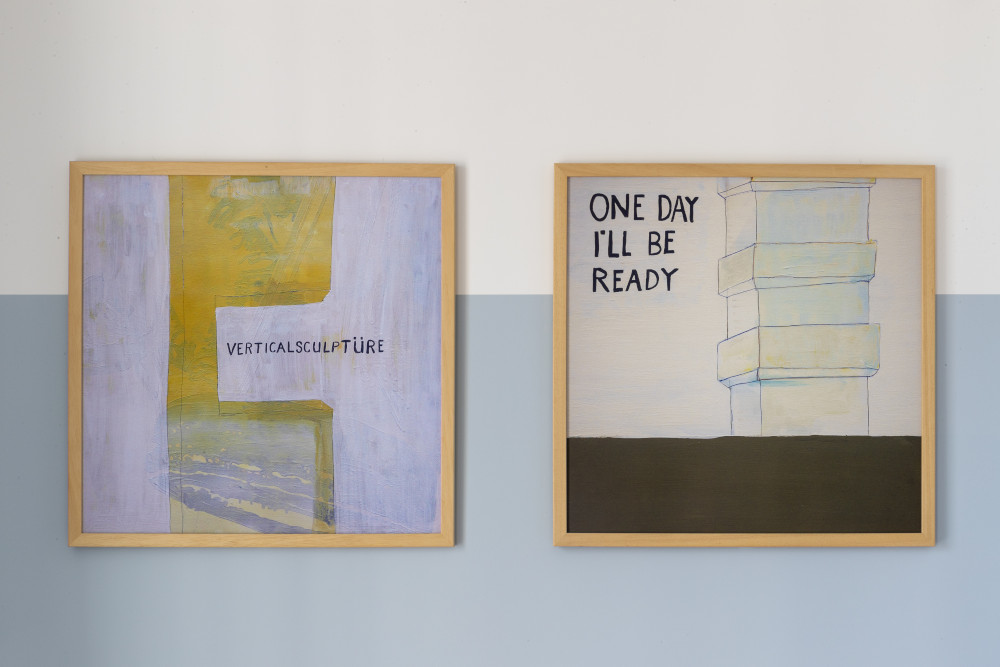
On a practical level, people always tend to hang their art too high. The middle of the piece should be around the eye height of the average person, which for most homes is around 160cm from the floor to the middle of the work.
Lighting will also have an impact on how people perceive your collections, and the surest approach is to let the works themselves determine the lighting. In a contemporary environment there may be more flexibility to use a discreet track and spotlight solution. In a classical setting, I would recommend using picture lights instead of spotlights. Both have their own benefits, but the use of pictures lights provides a more precise lighting tool in comparison with spotlights.












